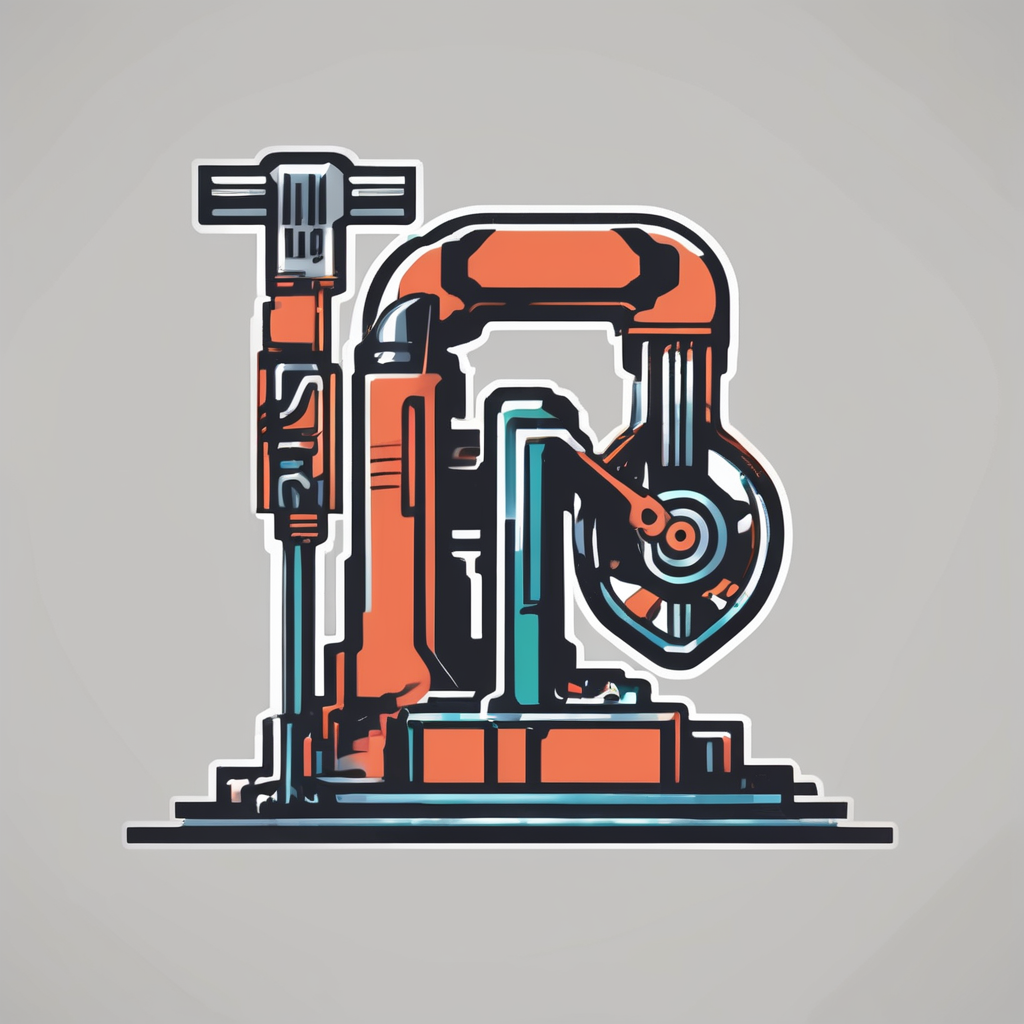Understanding Backup Sensors and Their Importance in Urban Driving
In today’s bustling cities, backup sensors play a crucial role in ensuring vehicle safety. Designed to detect obstacles behind a vehicle, they function using ultrasonic or electromagnetic waves. These sensors alert drivers to unseen hazards, an essential feature during urban driving where pedestrian and cyclist traffic is abundant.
Urban environments pose unique challenges, such as limited parking spaces and complex street layouts. Here, backup sensors enhance safety by offering critical support when manoeuvring in tight spots. Drivers benefit from reduced blind spots and increased awareness. This technological aid allows for smoother navigation and mitigates the risk of accidental bumps.
In the same genre : Ultimate handbook for flushing transmission fluid in your british performance vehicle: pro techniques for superior outcomes
However, relying solely on backup sensors can present challenges. Sensors may misinterpret reflections, leading to false alarms or missed hazards. Dirty or obstructed sensors can diminish their effectiveness, demanding regular maintenance. Therefore, while backup sensors significantly boost safety, understanding and addressing these challenges ensure they function optimally, aiding drivers in tackling the intricacies of urban driving with confidence.
Continued improvement and user awareness of backup sensor capabilities will undoubtedly further enhance urban driving experiences.
In parallel : Transforming the British Family Car: Innovative Ways to Integrate Smart Technology into Your Dashboard
Tips for Enhancing Backup Sensor Performance
To keep backup sensors at peak performance, routine calibration is vital. Regular checks ensure the accuracy of sensor readings, essential for urban driving where precision is paramount. Frequency depends on driving habits and conditions—city driving may require more frequent calibration.
Regular Calibration and Maintenance
Regular calibration avoids sensor drift and maintains efficiency. A good rule is to schedule checks every few months. DIY steps include inspecting sensor alignment and removing debris.
Clear Sensor Pathways
Obstructed sensors cannot function effectively. Ensure they remain free from debris; this means regularly cleaning the sensors. Environmental conditions like rain or snow can further inhibit function.
Maximize Sensor Responsiveness
Adjusting driving habits enhances sensor performance. Be mindful in heavy rain, as readings might not be as responsive. Additional vehicle features, such as cameras, complement backup sensors, especially in complex urban scenarios. Understanding the limitations of sensors, like struggles in interpreting metallic surfaces, further informs better decisions. Such knowledge, combined with necessary maintenance, guarantees improved safety and a smoother urban driving experience.
Practical Strategies for Navigating Urban Challenges
When navigating urban environments, backup sensors provide essential support, particularly in tight parking spaces. Urban driving often requires precise manoeuvres, and backup sensors help drivers avoid obstacles through audible and visual alerts. Strategies for manoeuvring include leveraging sensors’ guidance to assess distances between vehicles and stationary objects, reducing the risk of minor collisions.
Urban streets are bustling with activity, requiring drivers to remain vigilant. Backup sensors contribute significantly during complex driving scenarios, such as lane changes or driving through narrow alleyways crowded with pedestrians. Sensors assist by detecting low-visibility obstacles, aiding in collision prevention and promoting vehicle safety.
In crowded city streets, backup sensors are crucial. They alert drivers to cyclists or other vehicles in blind spots, ensuring safe navigation. For effective utilization, drivers should combine sensor data with mirrors and cameras to address sensor limitations and enhance overall driving awareness.
Each urban challenge brings unique demands, but strategically utilizing backup sensors can significantly mitigate risks. These sensors, when integrated correctly with driving practices, lead to safer and more efficient urban journeys.
Potential Upgrades and Technology Enhancements
Exploring backup sensor upgrades can drastically enhance vehicle safety in urban areas. As technology evolves, aftermarket solutions expand, providing drivers with better options tailored to individual needs. Evaluating the effectiveness of various sensor models is crucial before making upgrades. Advanced models often offer increased sensitivity and reduced false alarms, which are significant improvements in hectic city environments.
Aftermarket Solutions
Aftermarket backup sensor solutions offer flexibility. Options range from simple replacements to sophisticated sensor arrays integrated with dash cams or vehicle cameras. This integration allows drivers to benefit from both auditory and visual alerts, delivering a comprehensive awareness of surroundings. Cost vs. benefit analysis is essential to ensure that the enhancement justifies the investment. More advanced features typically come with higher costs, but their contribution to overall safety can outweigh initial expenses.
Integrating Smart Technology
Integrating smart technology further amplifies sensor utility. Innovative advancements like AI-driven detection systems offer improved recognition of moving and static obstacles. As vehicle technology continues to advance, future developments may include enhanced interaction between sensors and other vehicle systems, streamlining the whole driving experience.
Safety Considerations in Urban Driving
Urban driving safety is paramount given the dense environments filled with vehicles, pedestrians, and cyclists. While backup sensors greatly enhance collision prevention, understanding their limitations is crucial for effective operation.
Sensor reliability is not absolute. Environmental factors, like rain or extreme cold, can affect their readings. Regularly checking and cleaning sensors to avoid faults is essential. Moreover, backup sensors sometimes fail to identify low-lying objects or moving hazards quickly enough due to technological constraints. Hence, it’s vital to incorporate safe driving practices—relying on driver vigilance alongside technology.
Case studies highlight several incidents where proper use of backup sensors has averted potential accidents. For example, a commercial fleet observed a 20% reduction in rear-end collisions after implementing these sensors rigorously. This underscores their utility but also suggests they should complement, not replace, driver attentiveness.
Combining sensor technology with vigilant driving offers a robust framework for ensuring safety in urban settings. Drivers should remain proactive, using mirrors and cameras alongside sensors, to maintain a comprehensive awareness of their surroundings and efficiently navigate urban challenges.
